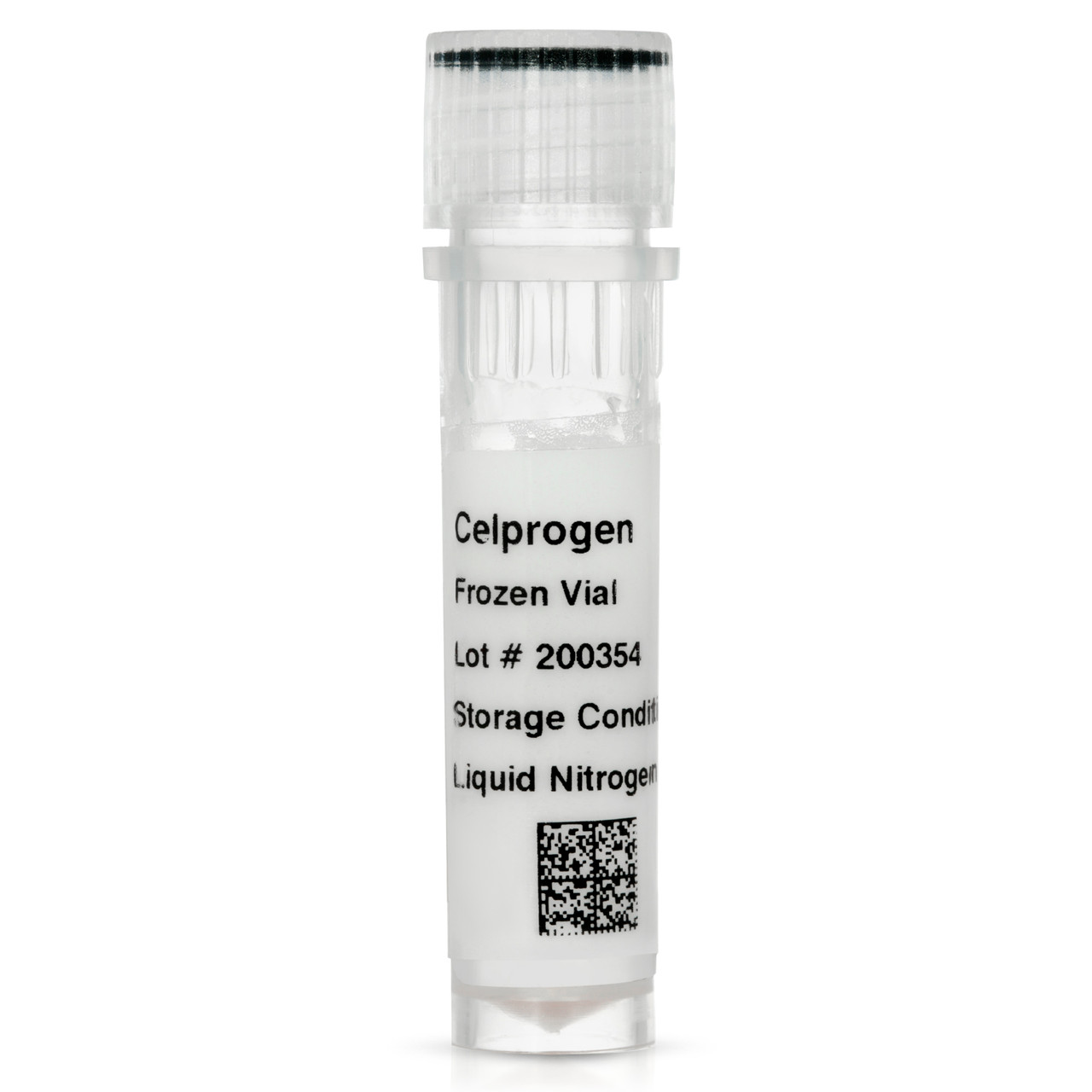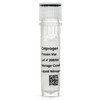Product Description
Human Stomach Circulating Tumor Cells - Frozen Vial
Circulating tumor cells (CTC) originate from the primary tumor or metastatic deposits after intravasating through the tumor vasculature. Although most CTC die in the circulation, a proportion of them have the ability to spread, seed and proliferate in distant sites to form secondary metastasis, or reestablish into the organ of origin to form new tumors. CTC are rare events, estimated to account for one cell in a billion nucleated cells. There are sensitive CTC enrichment technologies that allow testing for the risk of cancer relapse based on shedding of CTC at time of treatment. This information may help guide future therapeutic decisions.
Also Avaliable as:
T25 plated cells shipped at room temperature. Cat# 36127-54CTC-T25
T75 plated cells shipped at room temperature. Cat# 36127-54CTC-T75
120 Population doublings or up to 12 passages.
One million viable cells upon thawing of frozen cells, frozen vial of cells shipped in dry-ice.
This product would require pre-coated flasks with Human Stomach Circulating Tumor Cells Extra-cellular Matrix Cat# E36127-54CTC and Human Stomach Circulating Tumor Cells Media Cat# M36127-54CTC
Cell Cultures from single donors, 1000 different cell cultures available, please indicate which lots you require from the 1000 donors, or any subcategories of the cancer type at the time of order. If you do not specify the subcategory, we will provide you the Human Stomach CTC, randomly from our inventory.
For non-academic use, please inquire for pricing.
1000 individual donors are fully characterized proprietary patient-derived xenografts (PDX) representing all major histotypes and capturing tumor diversity.
Subcutaneous, orthotopic and disseminated models. Extensive molecular and pharmacological characterization as well as information on patients' pretreatment to help you select the most appropriate model.
Integrated approach: use the same PDX models and/or the corresponding cell line in 2D/3D screening assays and follow-up in vivo studies, identify biomarkers predicting tumor sensitivity for your compound. PDX Model:
Individually tailored study designs: proof of concept, dose level and schedule optimization, combinations, biomarker identification, etc.
Publication





